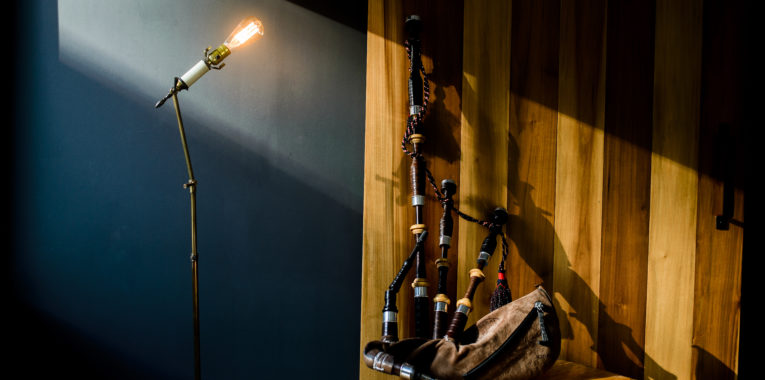Let’s shed a little light on the Great Highland Bagpipe.
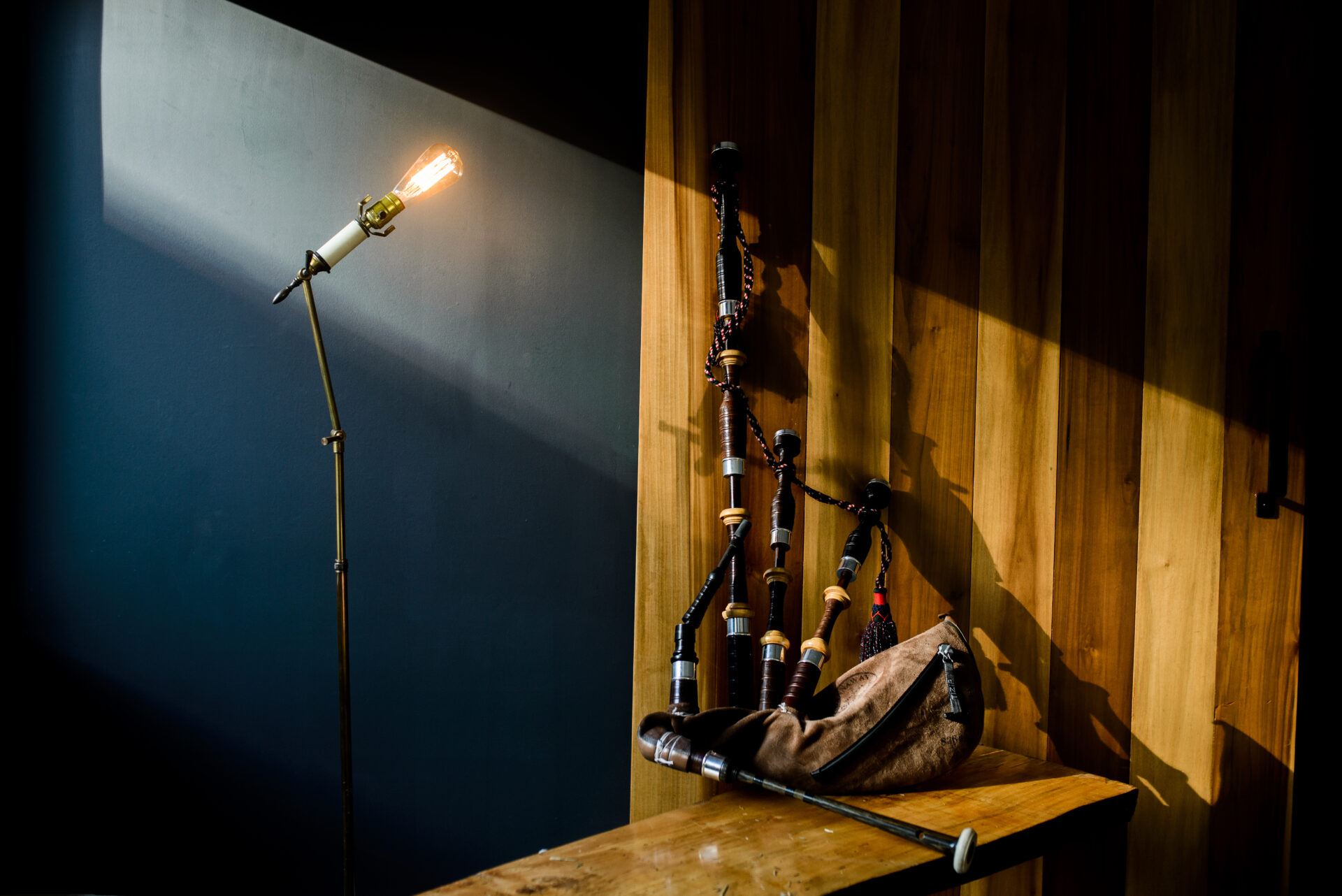
“How does that thing work,” you ask? Great question. Let me shed a little light on how the Great Highland Bagpipe works.
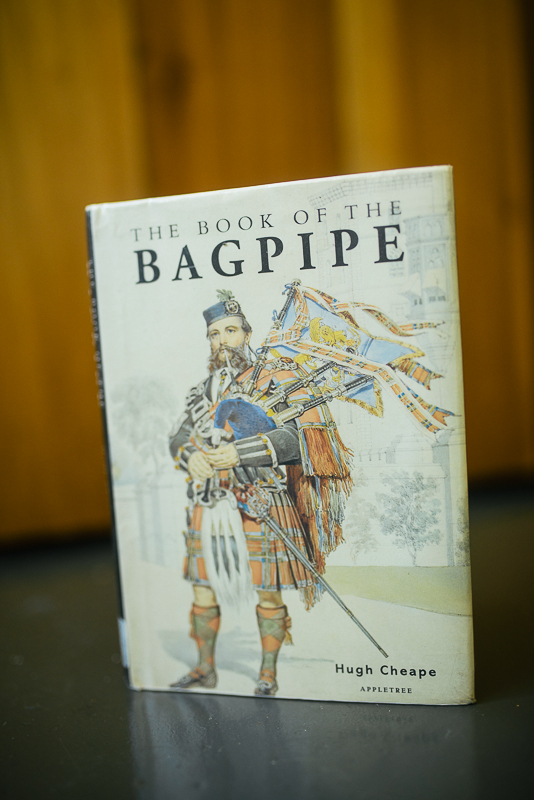
Or better yet! Let me share Hugh Cheape’s explanation of the Great Highland Bagpipe from his “The Book of the Bagpipe“. Our first literary purchase on the eve of our journey into the tradition of Scottish Arts in 2016 as directed by Bill Caudill, director of Piping at St. Andrews University in NC.
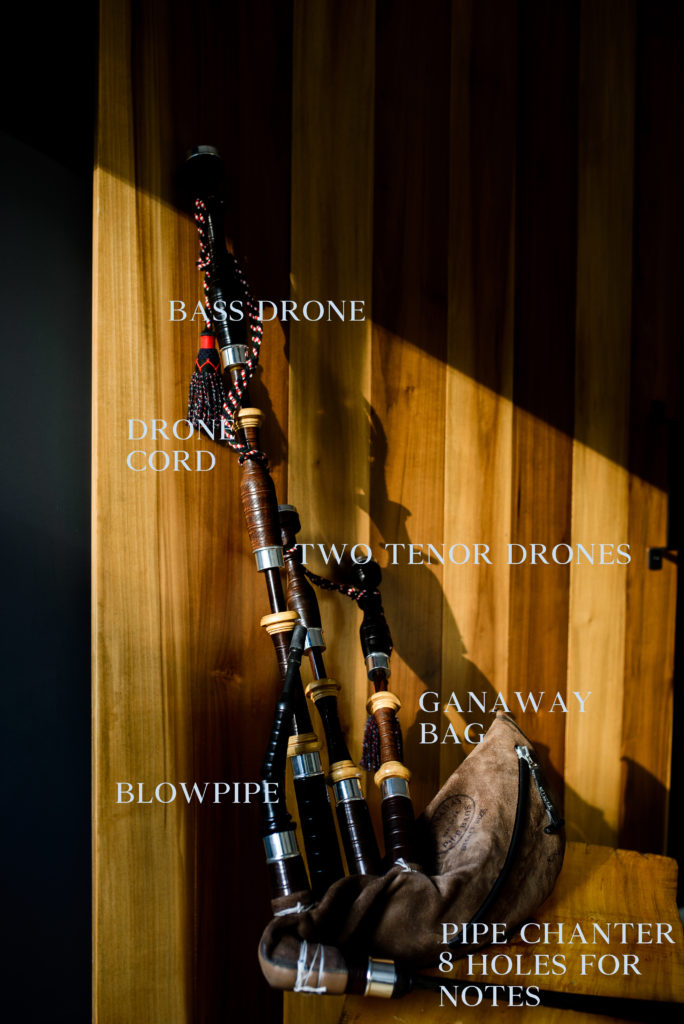
“The distinctive and memorable sound of the pipes is at least partly due to the use of the bag as a reservoir of air to maintain a constant air pressure on the reeds. The art of piping is to produce an even tone and avoid any rise and fall in sound or pauses between notes. The three drones of the Great Highland bagpipe – bass drone and two tenor drones, each with its own reed = sound a continuous fixed note to accompany the melody. Before inflating the bagpipe, all the reeds, including chanter and drones, can be adjusted for strength and tuning by lowering or raising them in their ‘seats’ or by constricting or widening the airflow, both of which sets of alteration will respectively sharpen or flatten the tone. The drones must be carefully tuned to the chanter and to each other, and this is done as the prelude to playing by adjusting the length of each drone which is made up of two or three separate joints. The melody is played on the chanter, pierced with finger holes and played with both hands. The musical range of the chanter is limited because it only has nine notes..” (Cheape 14).
Now to put in layman’s terms: You have a leather bag with 3 drones sticking out and a place to blow into, then a place to put your fingers and make music. Blow a lot, a whole lot, and keep steady pressure on the bag with the arm, then attempt to play a memorized tune, and don’t forget to keep blowing. Then march!
This particular set of pipes are Noah’s. They are about a year old, bought second hand from a man in Mexico who special ordered them from Roddy MacLellan and then returned to have a different set made.
Roddy MacLellan is a local (to us, in Charlotte NC) pipe maker and friend. He is world-known pipe-maker and our family owns two sets of his pipes and hope to buy a third in the future for Luca.
Particulars:
(see a tour of his shop with the Juvenile band)
Traditional model of drones made of Mexican Royal Ebony.
Projecting mounts in boxwood.
Ferrules and caps in Aluminum. Leather Hide Gannaway bag.
Chanter is Colin Kyo, this chanter was made in the old shop which burned down … *corrected information and quote below from Patrick McLaurin, www.patrickmclaurin.com *
“Murray Huggins named the business after his son. Murray lives in Oregon and still makes bagpipes and chanters. I understand the factory that made the laminate material that particular chanter is made of burned down but Murray’s shop is still going strong.”
Murray Huggins’ shop is called Colin Kyo Bagpipes.
Cheape, Hugh. The Book of the Bagpipe. Appletree Press, 1999.
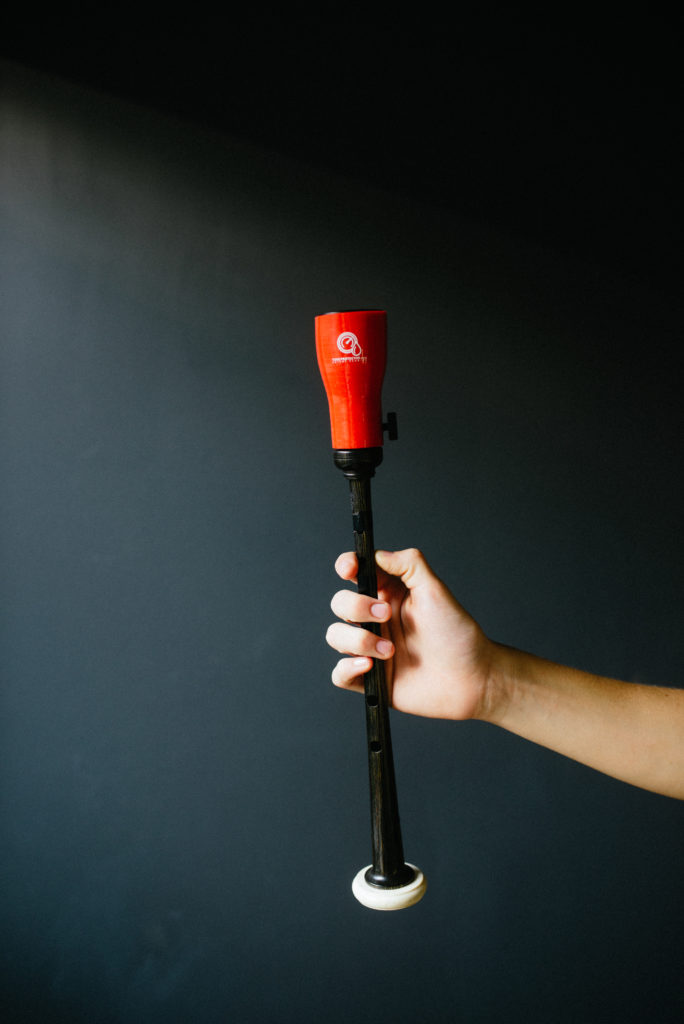
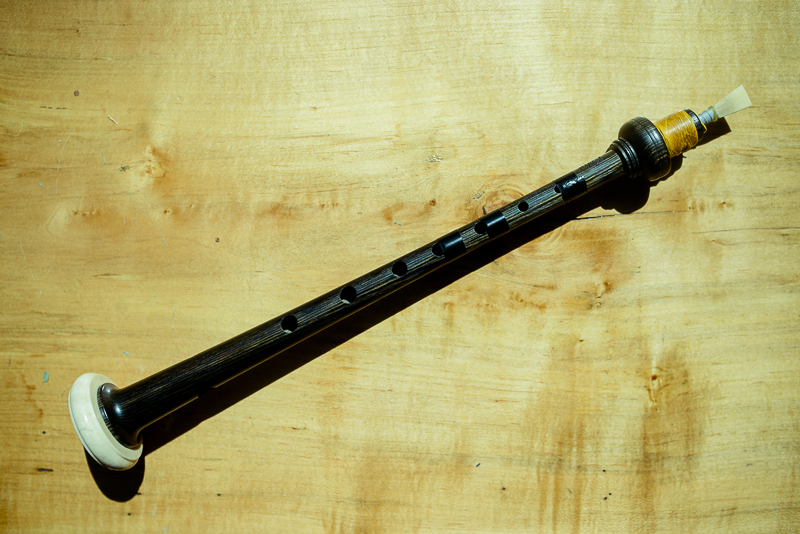
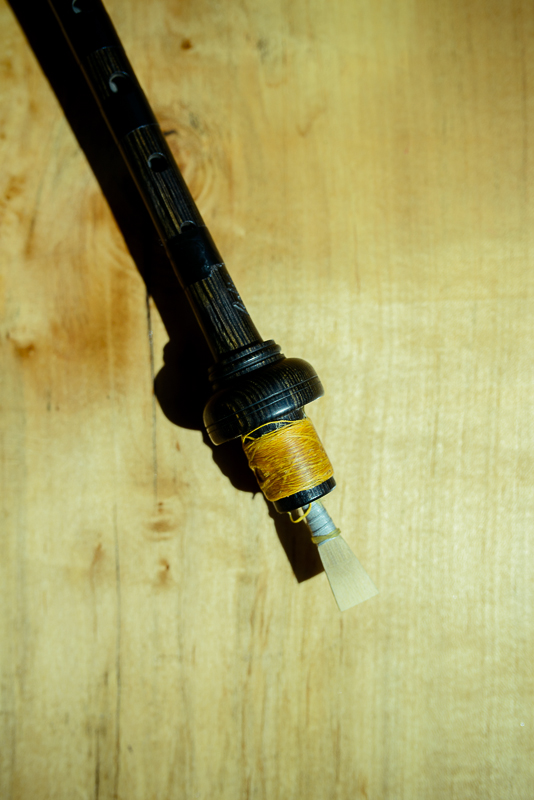
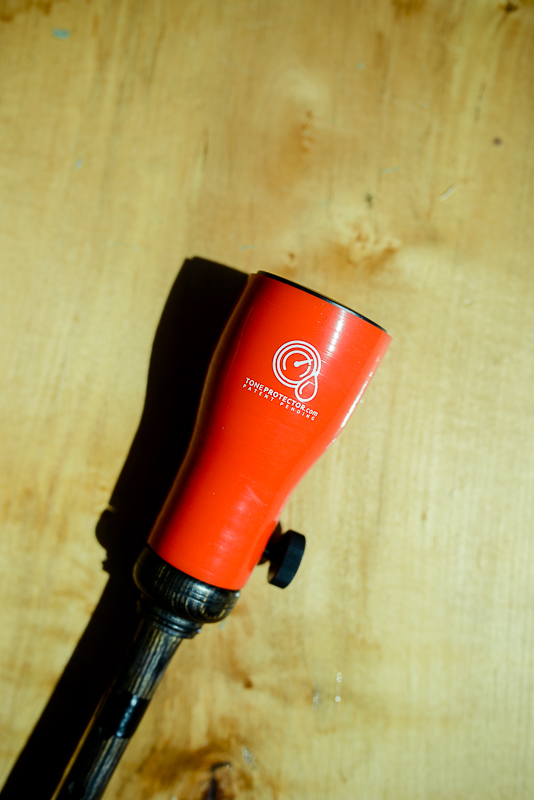
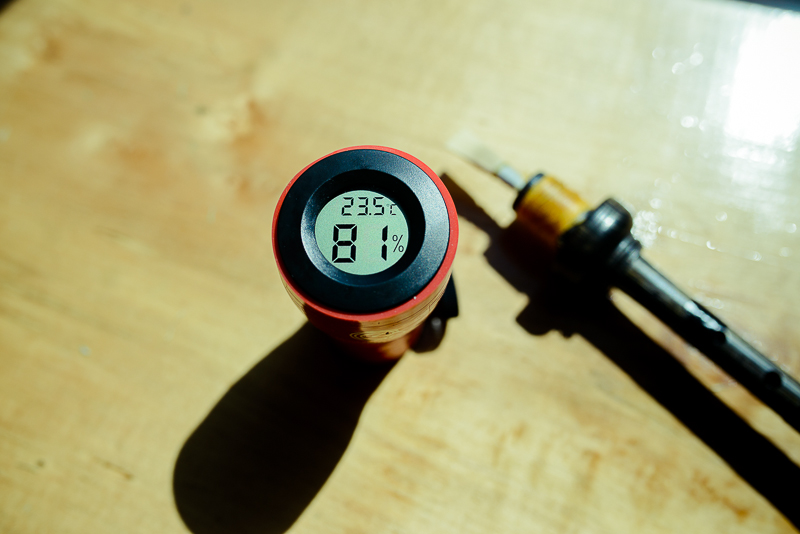
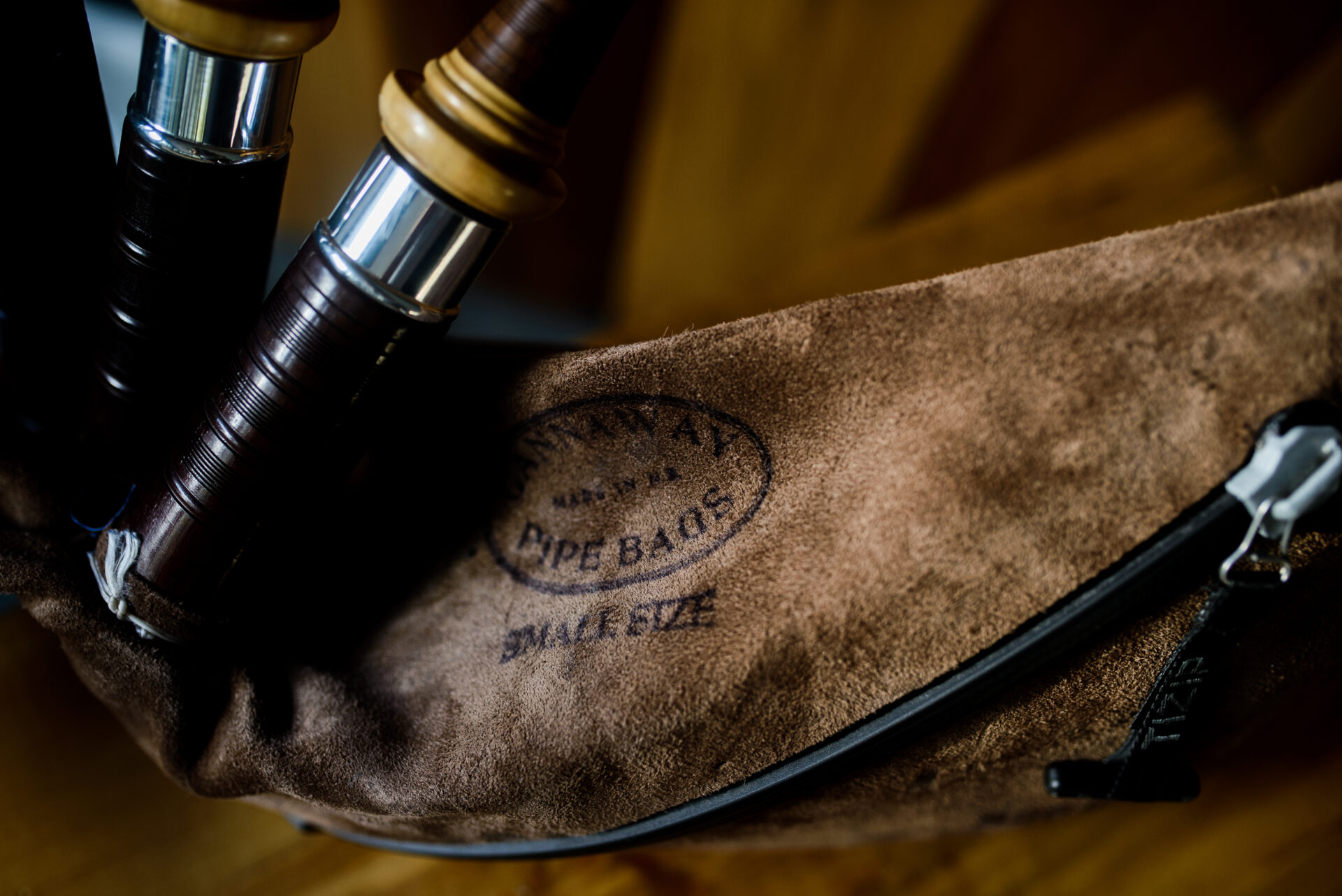
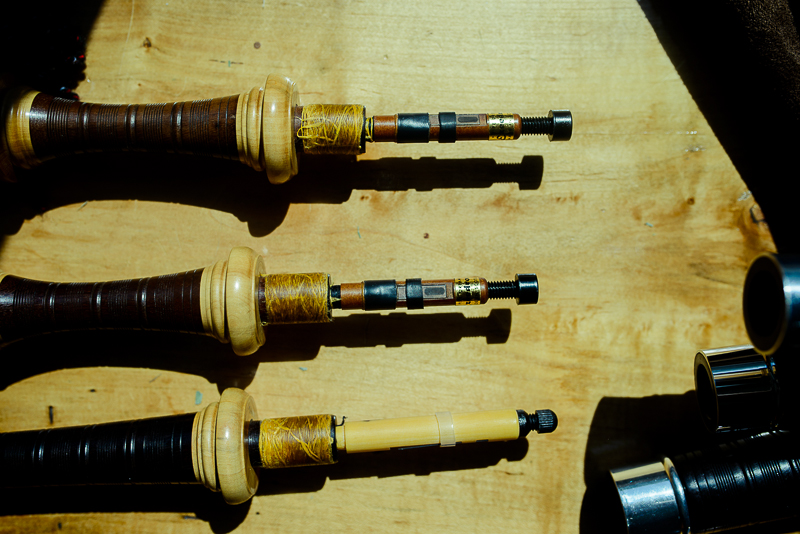
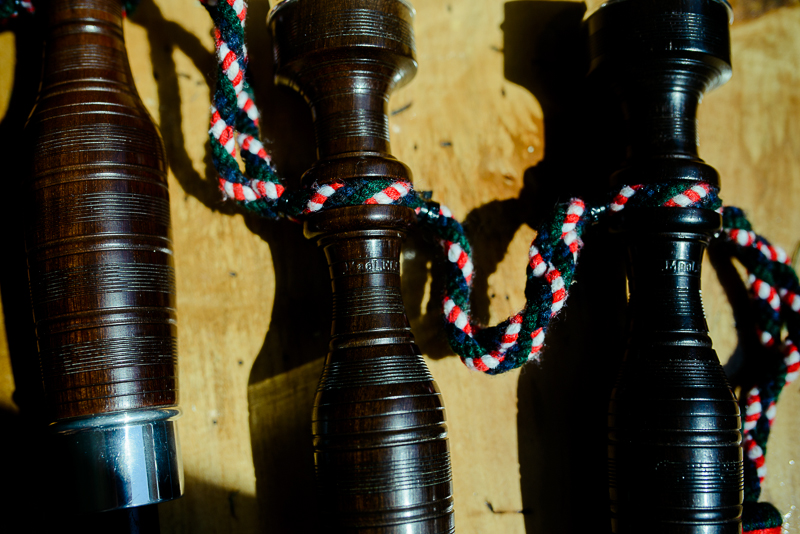
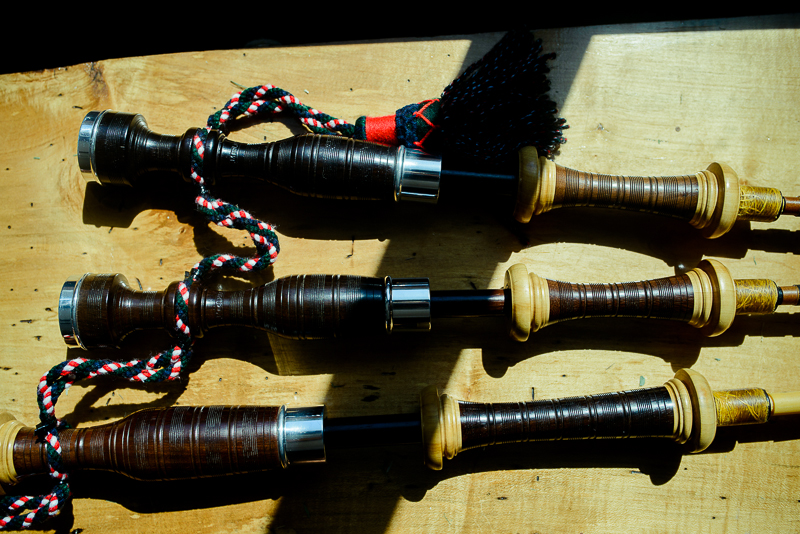
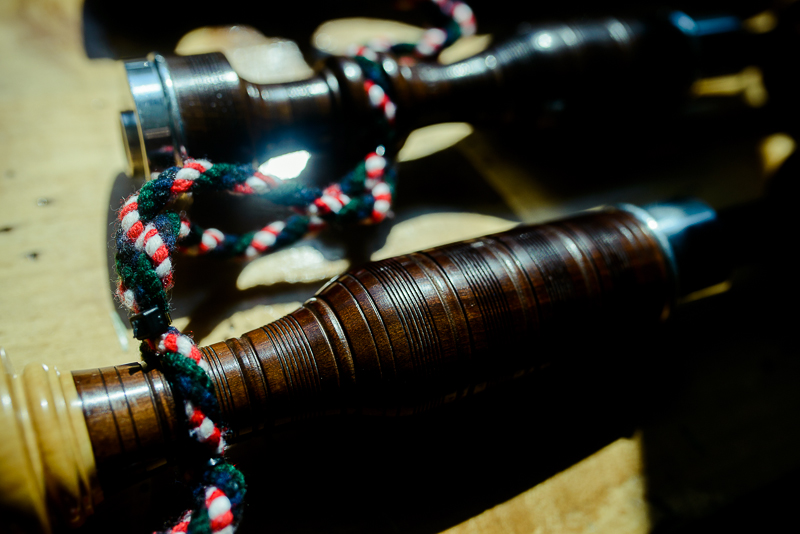
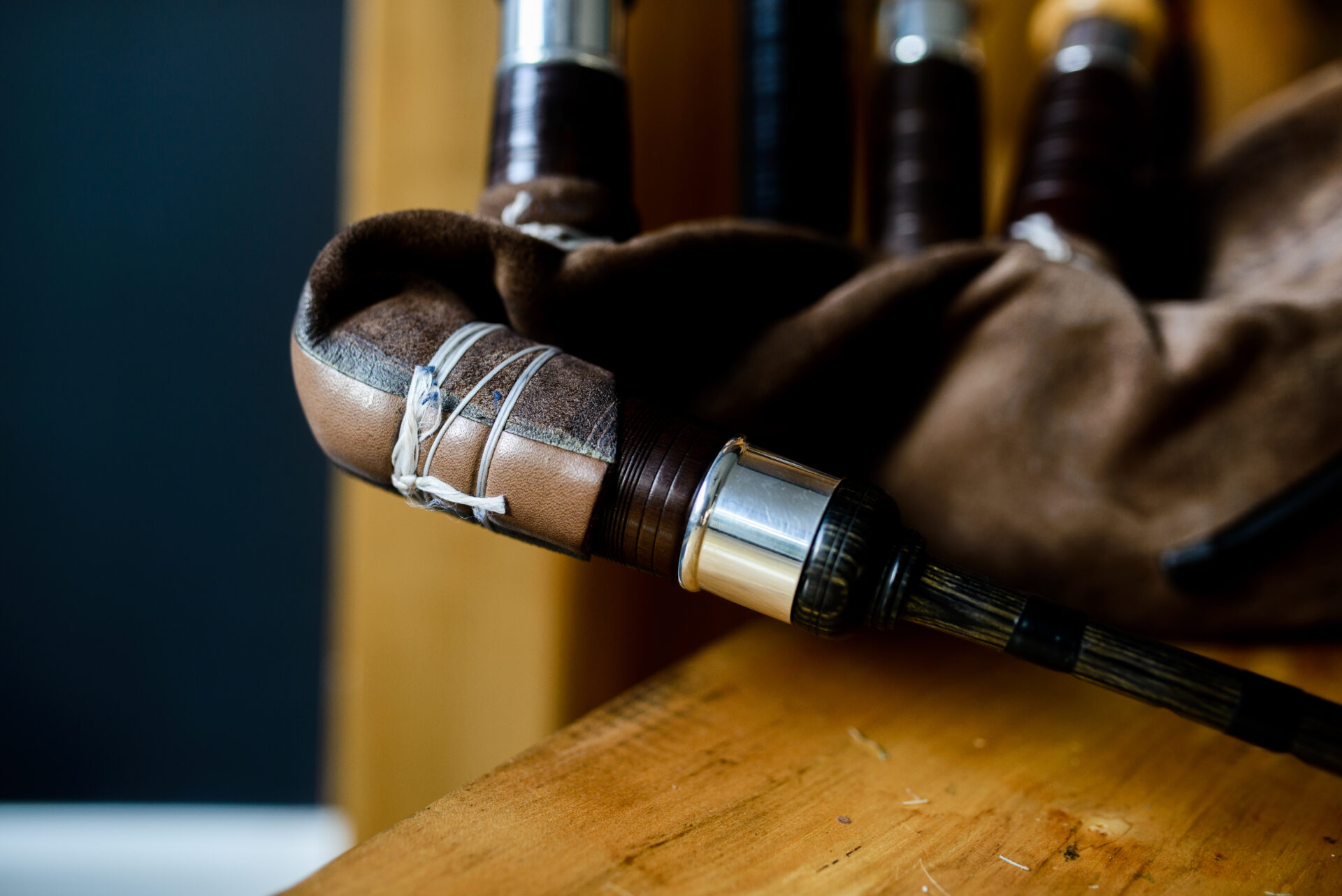
Cheape, Hugh. The Book of the Bagpipe. Appletree Press, 1999.
